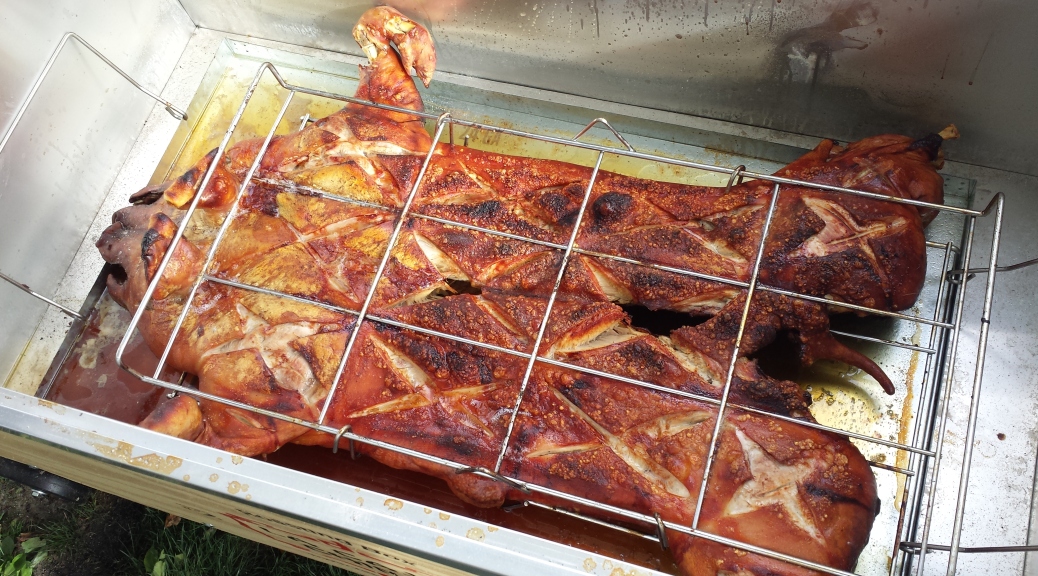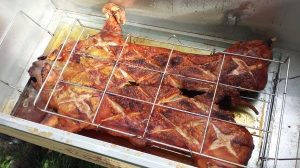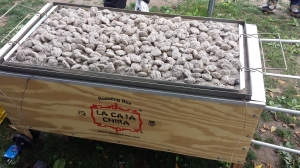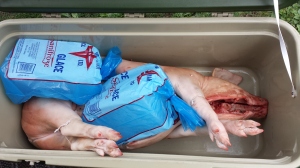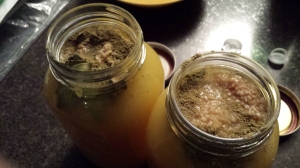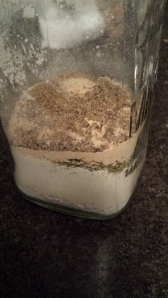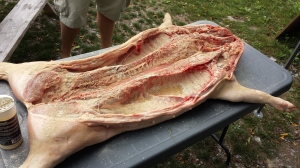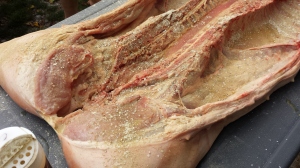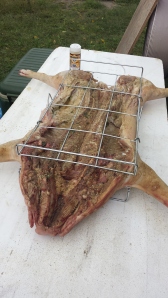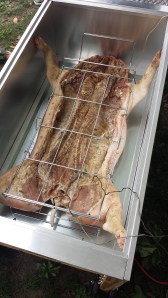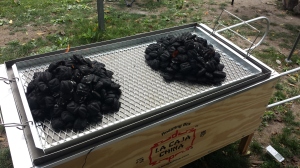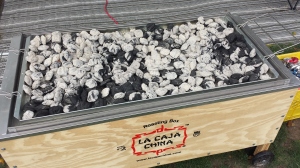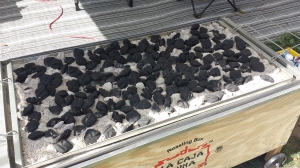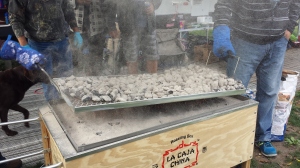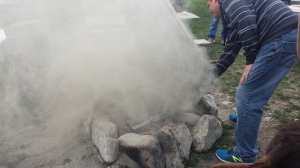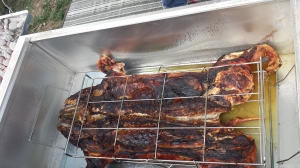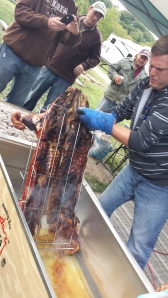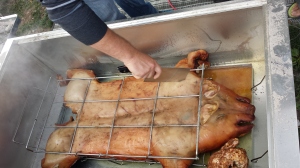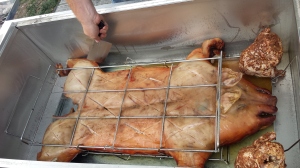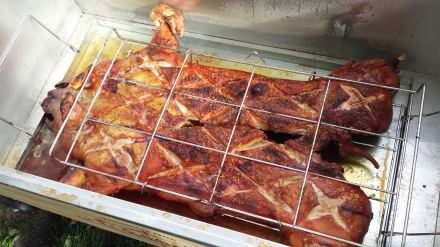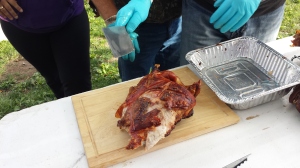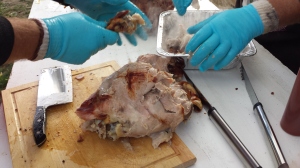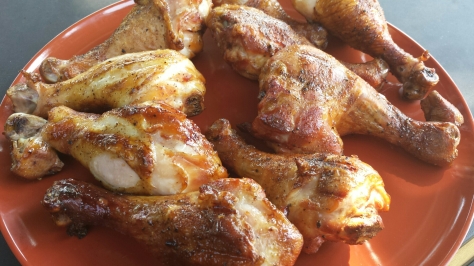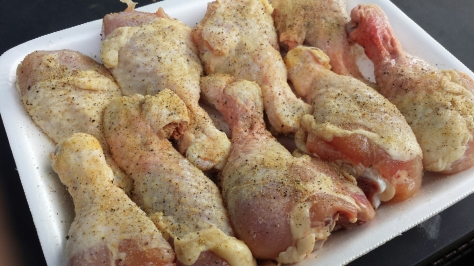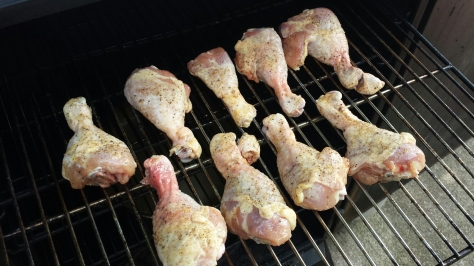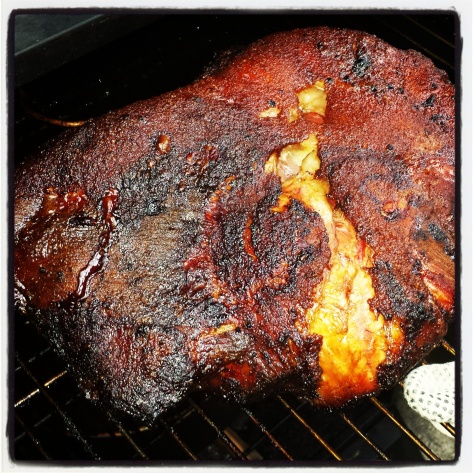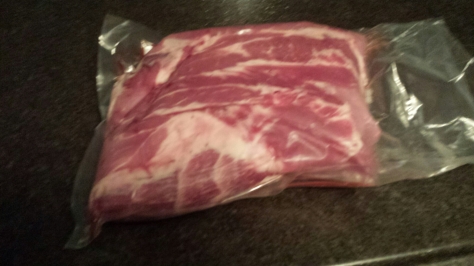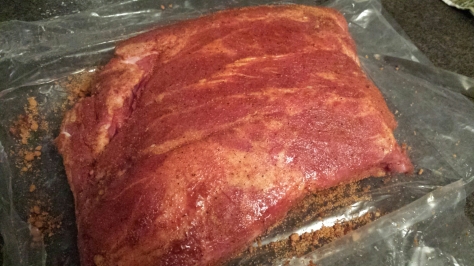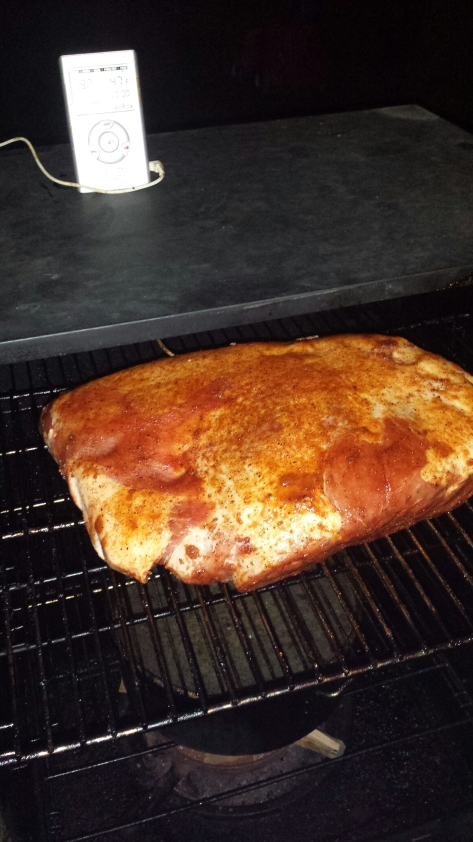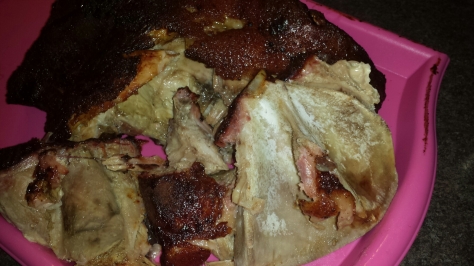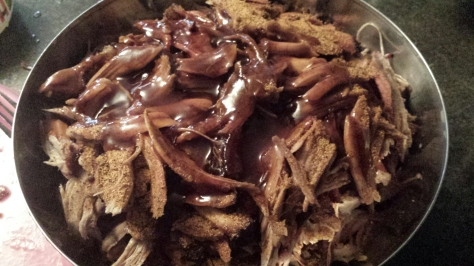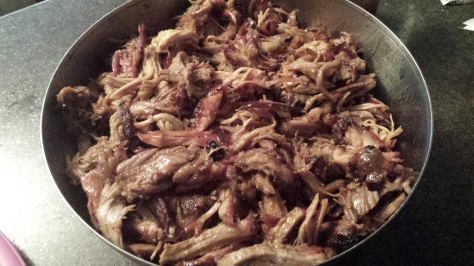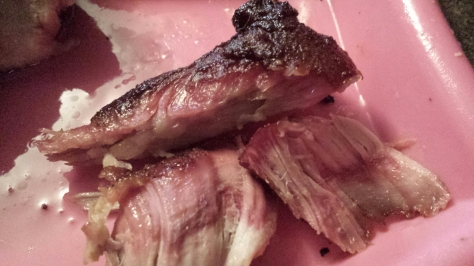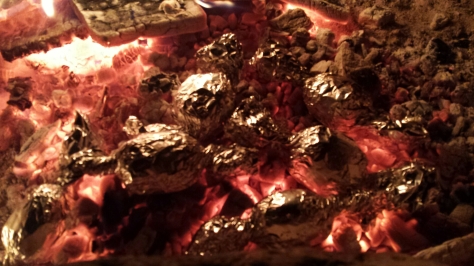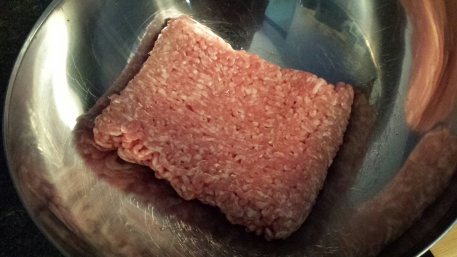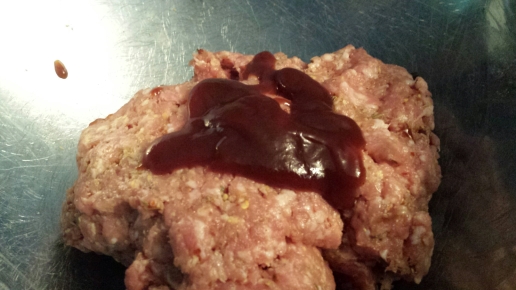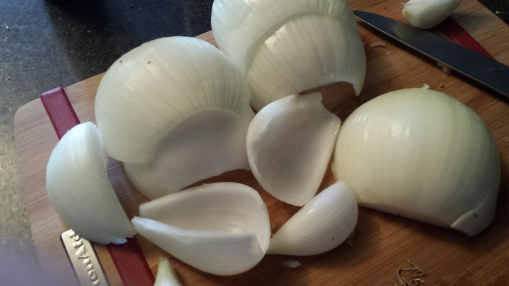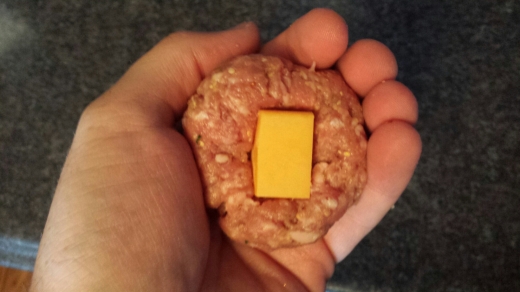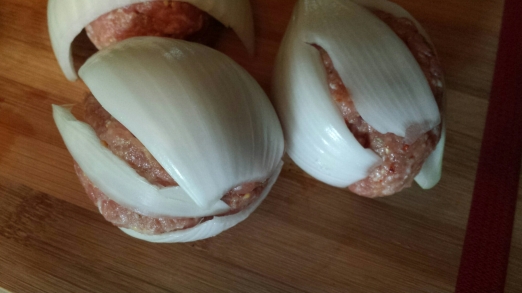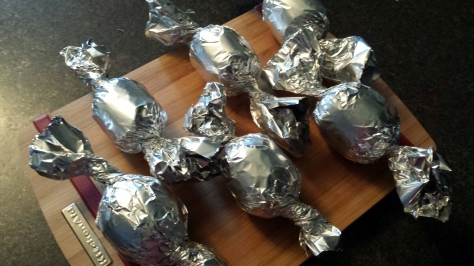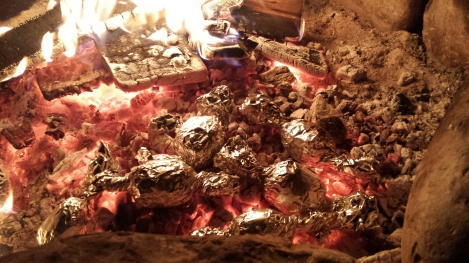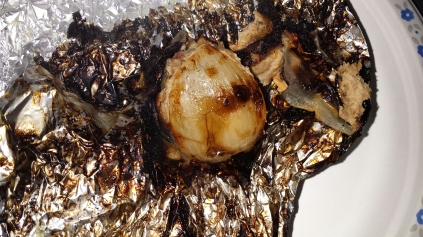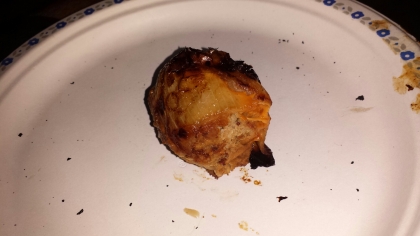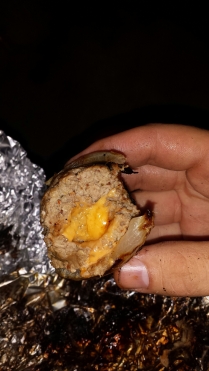A good spice rub can be a beautiful thing. It can compliment meat, bring out flavours in sauce and also be a factor in the texture of the meat as well.

You know those nice crispy dark bits around the outside of a piece of meat? The pieces that taste so good? You can probably thanks a spice rub for that. Often times this lovely crust in the BBQ world is referred to as “bark” and is a crucial component in the competitive BBQ world.
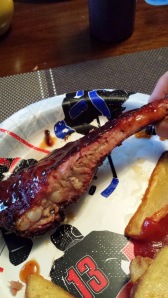
Just like BBQ Sauces there are literally unlimited combinations you could put together to create a rub. Head to your closest bulk barn or grocery store, head over to the spice section, close your eyes, spin in a circle and randomly point at 4 or 5 things and you just invented a new rub. It really can be that simple.
There are a few basics to spice rubs we need to consider; mainly the type of meat we plan to use the rub on. Chicken and pork traditionally have sweeter and less salty rubs placed on them. On the flip side of that the flavour of beef can stand up quite well to a good amount of salt. Of course there is nothing saying you can’t figure out a good spot right smack in the middle of the salt world so your rub is an all purpose rub good on just about everything.
Let’s take a look at some of the major components of a good rub.
SALTS
There are TONS of salts to choose from on the shelves of grocery stores and speciality shops these days. Everything from regular table salt to Danish Viking-Smoked Sea Salt. Think I made that one up? Google it, it’s real. Here is what you really need to consider when choosing a salt. How “salty” do you want it and how big do you want the chunks.

Not all salts are created equal. If you use products like Kosher salt and Sea Salts that are bigger chunks the food usually tastes less salty. The reason? They are larger and a inconsistent size so they take up more space than a fine ground table salt. SO, if you use a tablespoon of Kosher Salt it will have less weight than a tablespoon of table salt. Check your salt packages, they list sodium per weight usually. Therefore less weight equals less sodium which is what gives salt it’s “salty” taste. Did that make sense? Watching your sodium intake? Use Kosher or large grain Sea Salt.
From a purely texture standpoint there are benefits to having a nice fine ground salt, as well as big chunks of kosher salt. Finer grains are nicer for rubs that you hope melt into the flesh and disperse throughout the meat it touches. Fine salts also usually produces a nice soft exterior on the meat as salt dissolves fast and doesn’t draw out as much moisture. Large chunks however will help if you want to actually rub the meat down to help tear the top layer of meat fibres and to build a crust. Larger chunks of salt will dissolve slower because they are bigger and therefore will draw out more moisture. Drier meat gets crispier.
Here is another big factor, cost. Remember that Danish Viking business? $25 for 3 ounces.
SUGARS

What to use? White sugar, brown sugar, raw sugar… Almost as many choices as salts. Let’s cover the 2 most common.
White sugar has a more up front sweetness. It will give rubs an almost candy like taste if enough is used. Because the sugar is also finely ground in most cases it will melt quickly.
Brown sugar has a deeper, richer flavour. The brown in brown sugar is due to its Molasses content. Light brown sugar just has less molasses and will give it a milder flavour than the more upfront flavour of full on dark brown sugar. One downside to brown sugar is the amount of moisture in it. It has a tendency to clump up in rubs.
Demerara and Turbinado Sugar are often the go to choice in BBQ rubs. They are dry like a white sugar, have the flavour of brown sugar and are large crystals which gives the benefit of a slower melt which lessens the chance of burning while it cooks. Sugars like brown sugar and white sugar have a tendency to burn under high heat cooking. The large crystals are also favourable for rubbing meat to help with the tearing of surface fibre, just like kosher salt.
PEPPER
My favourite ingredient in all rubs. I love pepper. Black pepper, white pepper, cayenne pepper, chilli pepper, you name it. The benefit of pepper is that it provides some heat.

Heat helps to wake up your taste buds and enhances the overall flavour of the meat and rub. Some meats can handle more pepper than others. Beef loves pepper. Chicken likes pepper. Fish and pepper are old school buddies, they like a little of each other but too much would ruin the friendship. These are not hard and fast rules however. If you wanna pepper the crap out of your perch fillets go for it. There are no rules in cooking. If you like it, do it.
You will usually see ground black pepper called for in BBQ rubs. You will also usually see a varying amount of cayenne. I would say these are the 2 most common. However, white pepper can be nice if you really want to bump up the heat as well. Use what you like.
BASE FLAVOURS

These spices are what bring all the other parts of the rub together and carry the rub. These spices are usually fairly mild in flavour so we can use a lot of it. The big 2 are chilli powder and paprika. Usually in close quantity to our sugar amount they help to give an underlying base note to our rub. Chilli powder and paprika are not the only ones you can pick from. Cumin would be great in a southwest inspired rub. Use your imagination here.
STAR FLAVOURS
These herbs and spices are what makes your rub what you intend it to be.

Usually these spices are used in small amounts as they could be overpowering if used in large quantities. With these spices you can take your rub anywhere in the world you want to go. Add some cumin, turmeric, ginger,ground coriander, clove, etc. and you have a curry style rub. Add cinnamon, nutmeg, allspice, clove, thyme and you are in Jamaica with a Jerk inspired rub. Oregano, basil, parsley, garlic powder, chili flakes and we are in Italy. I think you get the point. You can do anything here. Think about the prominent flavours of the type of food you want to create and add them into your rub.
PAIRING WITH SAUCE
Make sure your rub works with the sauce you intend to use, or, let the rub speak for itself and don’t use a sauce. Usually I try to use similar spices in my rub as I did in my sauce. Nothing goes better with ginger than ginger and there is no reason I couldn’t use it in both the rub and the sauce. Another option is to figure out what you want the overall flavour to be and have the sauce and rub compliment each other rather than mirror each other. For example, if I want a sweet and spicy combo, make a sweet sauce and use a spicy rub. They may not have similar ingredients but will match up and play nice together.
BBQ RUB RECIPE
Here is a recipe for a fairly basic BBQ Rub. Take this base and play with it. You can always make up a big batch of the base and each time you make a new BBQ item take out a cup of base rub and jazz it up with different flavours each time.
BBQ RUB
Good on all types of meat.
- 2 cups turbinado sugar (or brown sugar)
- 1/3 cup kosher salt
- 1/4 cup chilli powder
- 1/4 cup paprika
- 3 tablespoons ground black pepper
- 1 tablespoon cayenne pepper
- 1 tablespoon onion powder
- 1 tablespoon garlic salt
- 1 tablespoon parsley flakes
- STAR FLAVOURS OF YOUR CHOICE!
Combine all ingredients in a bowl and mix well. Store in an airtight jar or ziploc bag and keep in a cool, dark location.
Enjoy!
MD

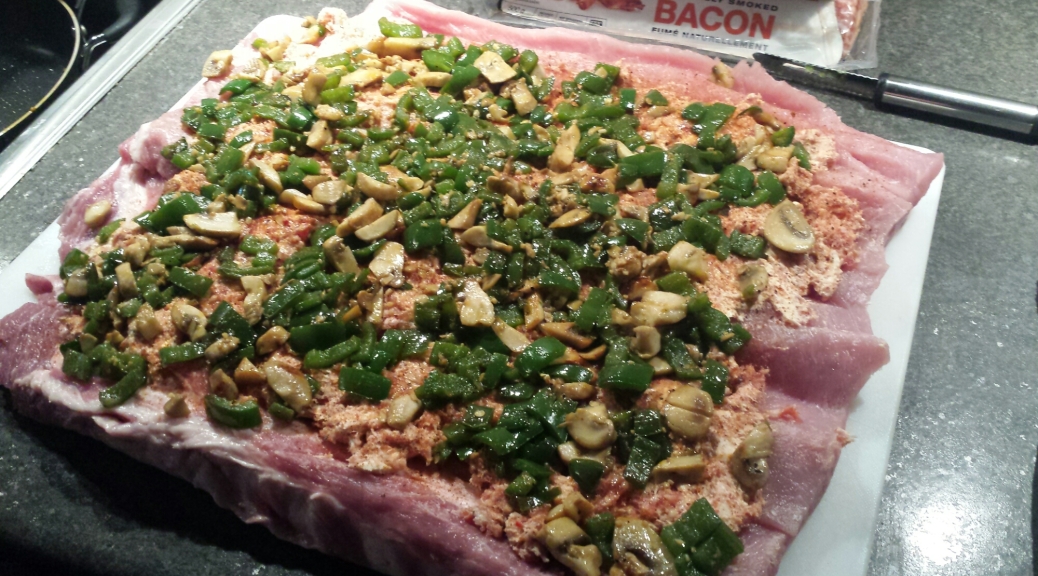
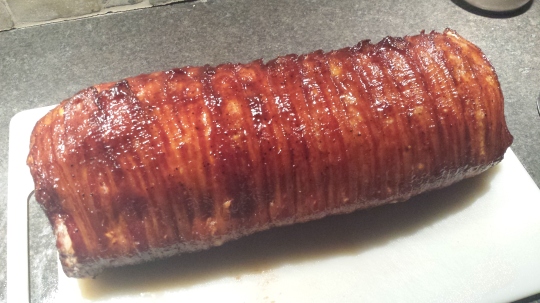
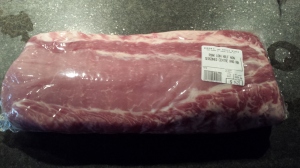
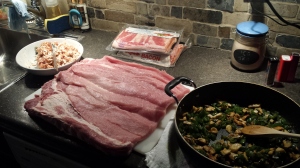
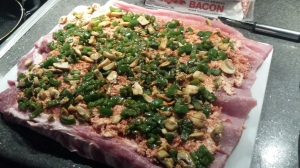
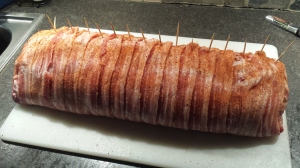
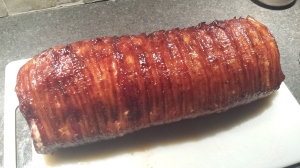
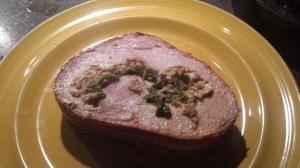
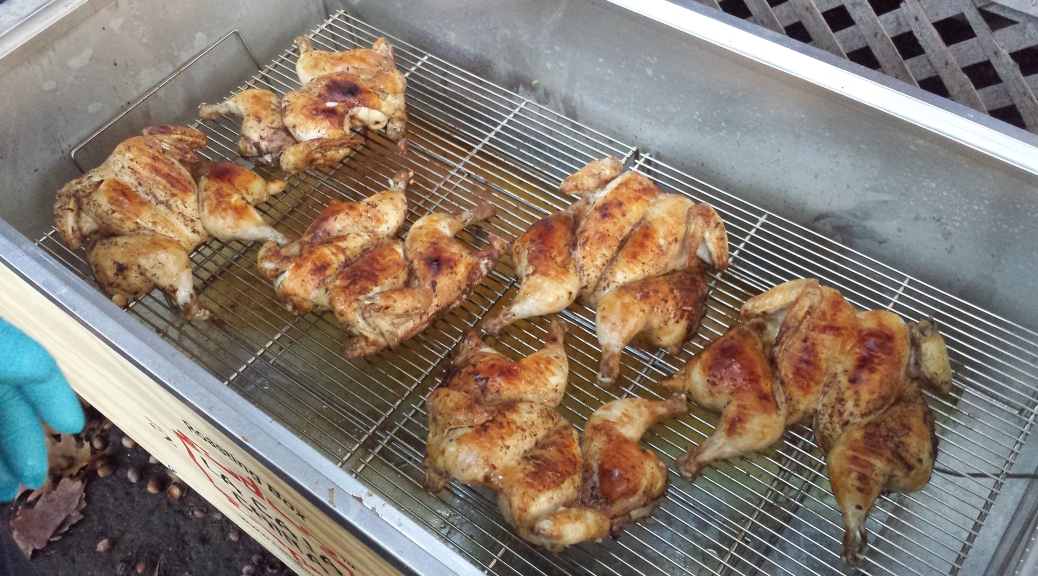
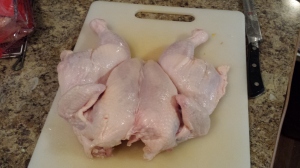
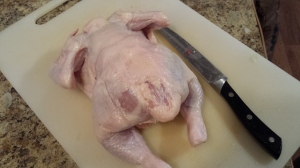
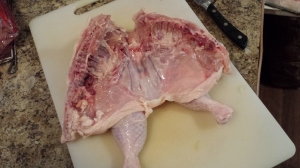
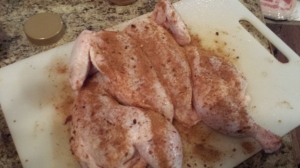
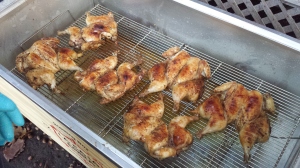
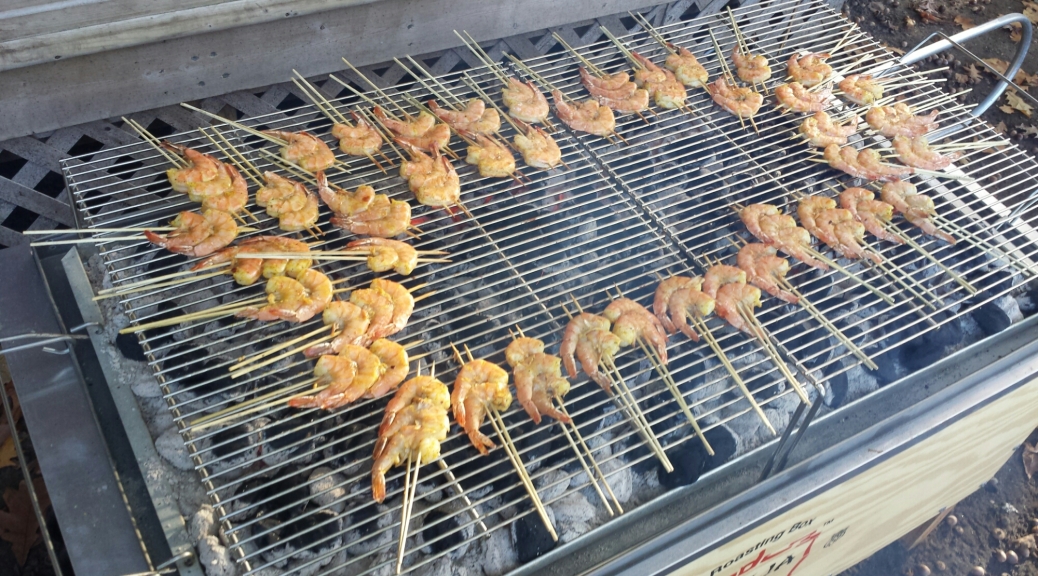
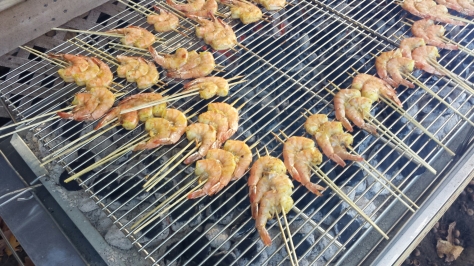
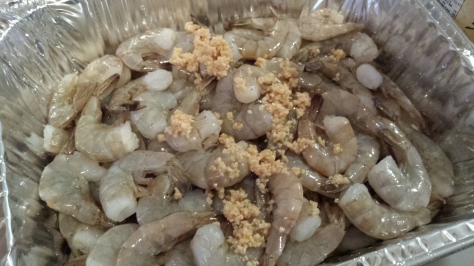
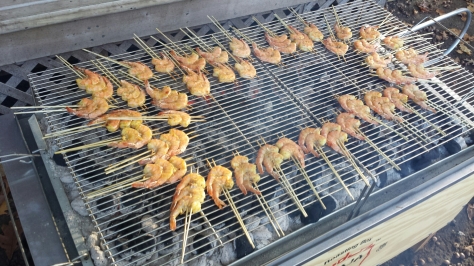

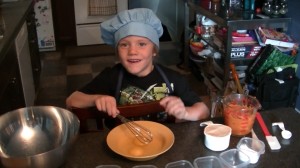
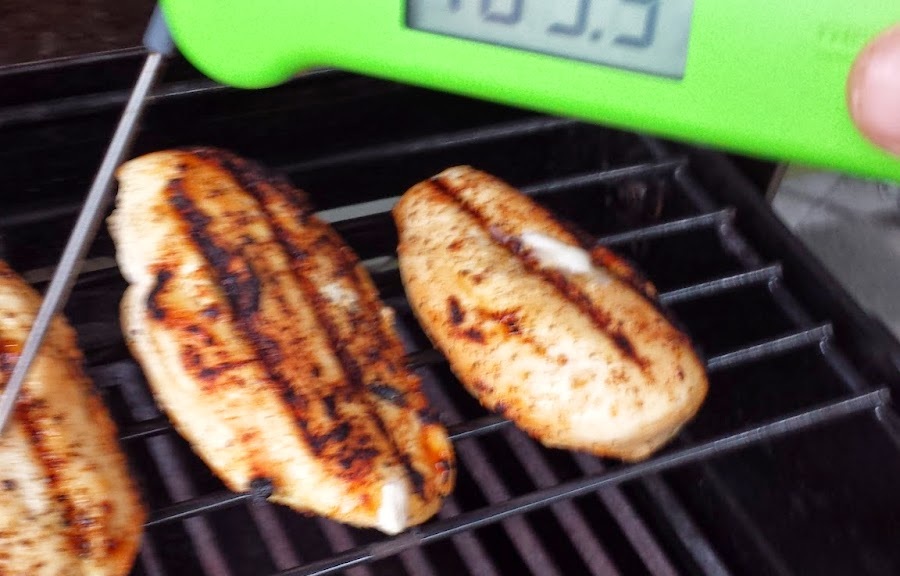
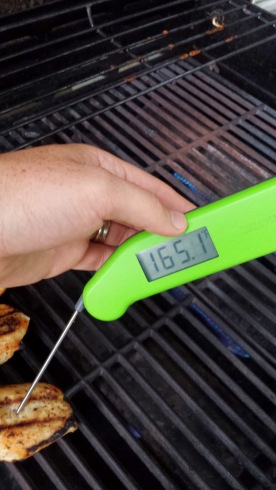
 Photo courtesy of
Photo courtesy of 